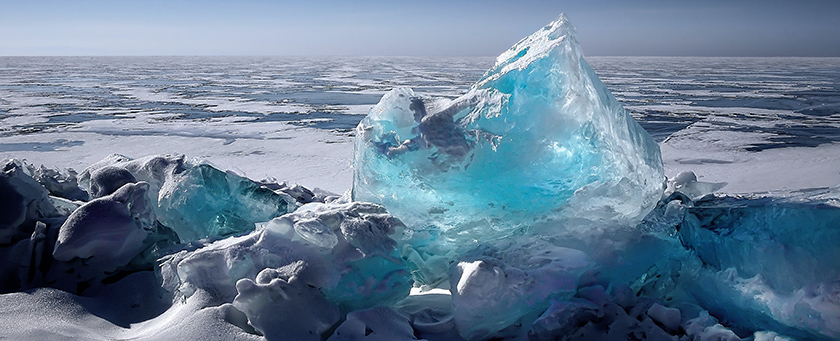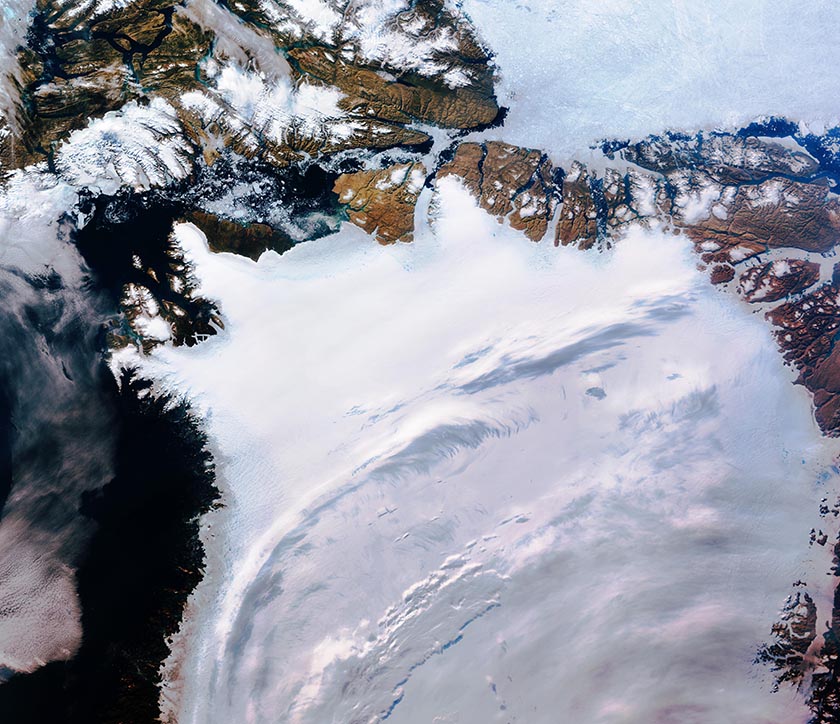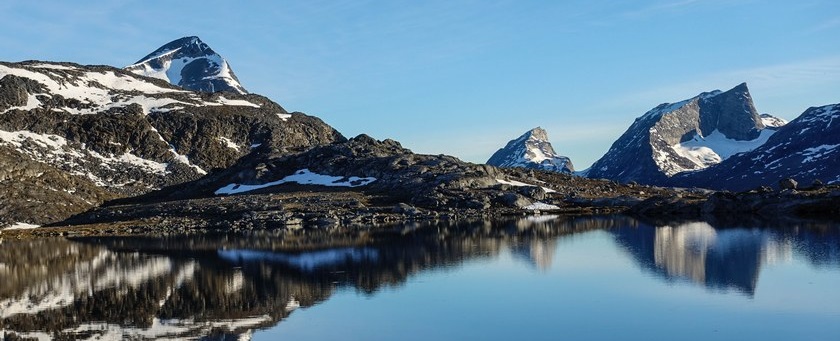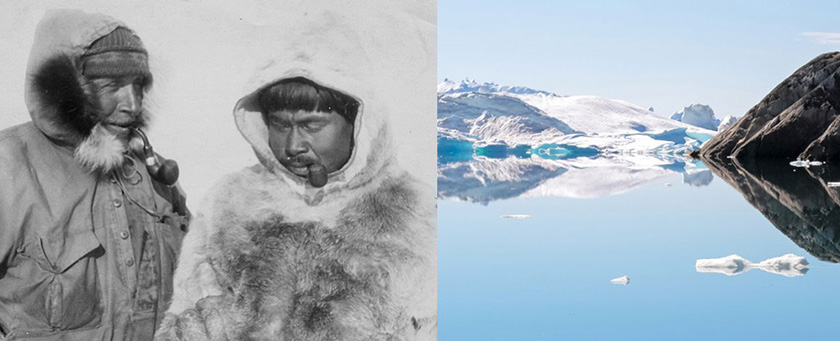Research
Merging glaciology and meteorology with AI

Centennial Climate Drivers of Glacier Change
We are following the footsteps of Alfred Wegener and we intend to build a climatological and glaciological bridge over nearly hundred years: The combination of Wegener’s original measurement data from 1930/31 with new measurements from the same measurement points is unique and gives the project high significance.
Greenland’s ice masses are currently experiencing particularly strong changes due to man-made climate change. However, the usual observed time series of atmospheric conditions and the effects on the glacier surface are limited to the last decades. A longer perspective is, however, particularly important in order to be able to achieve a realistic reconstruction of the past and modelling of the future.

Northwest Greenland captured by the Copernicus Sentinel-3 mission, © ESA.
Artificial intelligence and geosience
Using modelling and approaches from the field of deep learning, atmospheric patterns will be compared and feedback mechanisms quantified on a local scale under the lead of Andreas Trügler, Know-Center Graz. Dynamic models are then used in a next step to conduct sensitivity studies. This makes it possible to determine the decisive factors that cause the observed changes and how the glacier and atmosphere systems influence each other. This will give the results further spatial relevance, as the geometric configuration of the study area is representative of large parts of the Greenlandic ablation region.

An important component of the project will also be the interaction and involvement of the Greenlandic population. Local operators will help with the logistics and at the end of the project the results of the research will be presented in the neighbouring settlements.



